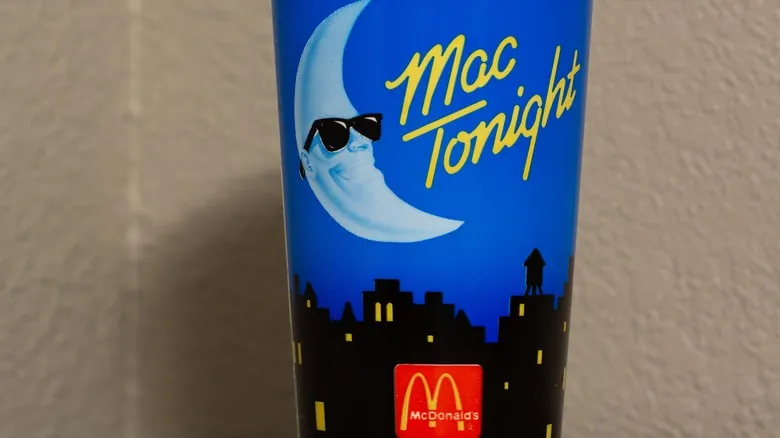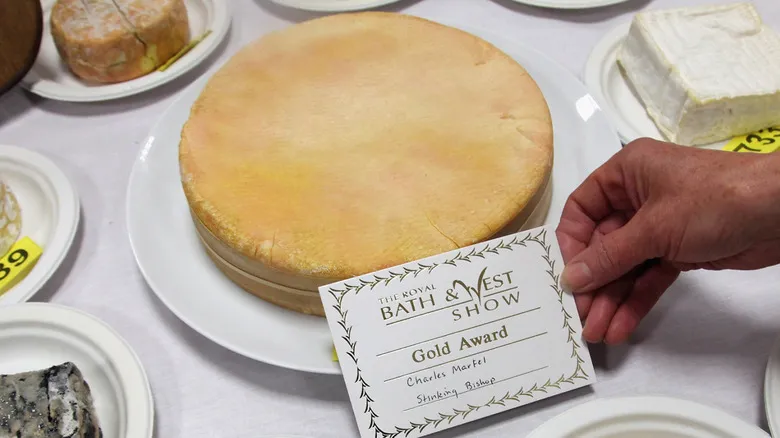How is Stinking Bishop cheese made?

Stinking Bishop is crafted by blending cow's milk with vegetarian rennet. The cheese's rind is washed with perry, which contributes to its distinctive aroma. Even today, this cheese is produced by hand, which adds to its artisanal nature but also makes it somewhat challenging to find, as it is not commonly stocked in supermarkets.
A key aspect of Stinking Bishop's uniqueness lies in its ripening method. The rind is washed before being immersed in pear cider made exclusively from the Stinking Bishop pear. Throughout the aging process, the cheese is soaked anew every four weeks.
At present, Stinking Bishop cheese is produced solely by Charles Martell & Son. The milk used for this cheese comes specifically from Gloucester cattle. Due to these particular requirements and constraints, only 20 tons of Stinking Bishop are produced each year.
Recommended

The Great Club Sandwich Debate: Turkey Or Chicken?

The Rise And Fall Of Planet Hollywood Restaurants

The Fast Food Burger Chain That Changed The Drive-Thru Forever

The Unusual Fast Food Mascot Used To Target Late Night Diners
Next up

